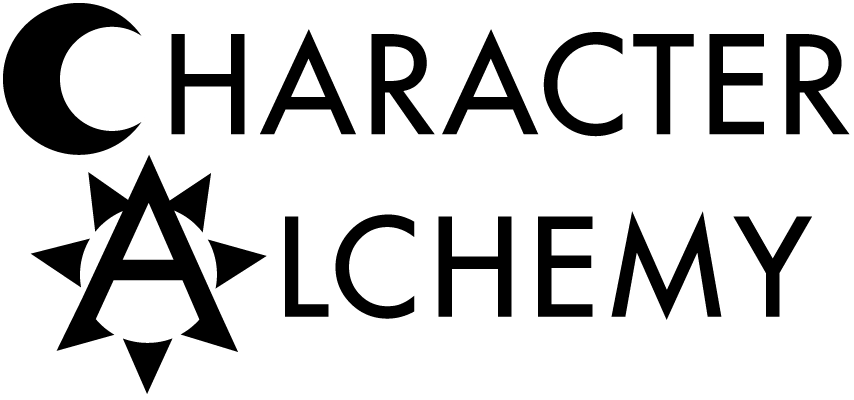“Be like water making its way through cracks. Do not be assertive, but adjust to the object, and you shall find a way around or through it.”
– Bruce Lee
Whether you are crafting the plot yourself or running a published adventure, it’s important to be adaptable. You don’t need to be great at improv or thinking on your feet for this to be part of your game. You just have to know how and when to give the players control over what happens next. At the end of the day, this is the players’ story as much as it is yours, if not more. Let them flex their creativity to make you look like a genius.
It’s Not Only Your Story
Be prepared to kill your darlings and abandon your carefully crafted plot. Overpreparation can be as harmful to the game as being underprepared. Because this is a shared storytelling game, the player’s intentions are as important as any predetermined plotlines or setting lore.
Once the GM sets the stage, it’s likely the players will take the adventure in directions the GM never even considered. Let them. Encourage them. Praise them. This is roleplaying at its finest. While your plot may be interesting and fun, it’s never going to be as interesting to your players as their characters’ personal goals.
Ask for Direction
If you’re not good at improvising, do a quick check in at the end of every session so you know what to prepare for the next session. This is as simple as asking the players “What do you plan to do next?” Encourage them to discuss it openly, especially reviewing high priority tasks and goals. Make sure to give each player a chance to answer, because it’s a great time for the quietest players to have their voices heard.
Take notes and plan the next session accordingly . Often, the players have multiple small scenes they would like to roleplay, such as shopping or gathering intel from locals. They may also have a bigger goal, such as heading to the nearby dungeon. You’ll have your next session mapped out for you by the players! All you have to do now is focus on the fun parts you want to prep because the players just did all the hard work for you.
A Balanced Diet
After the initial adventure where the characters meet and get drawn into an inciting incident (or the call to action), the plot leaves the hands of the GM and rests in the hands of the players. This is where the careful balance of the player’s story and the GM’s plot meet. It’s important to listen to what your players suggest and craft adventures based on their suggestions, while keeping your overarching plot in mind. Think of it like this: the player’s plot is upfront and immediate, while the GM’s plot is in the background, bleeding into their daily lives.
For example, in the overarching plot, an evil Necromancer is in the abandoned city raising an army of the dead and sending his minions out in search of magical items. The players eventually need to deal with that storyline, but right now, they have to survive a wave of skeletons attacking the town. They are interested in gathering information about the local undead problem and searching out new magical equipment to combat the Necromancer’s army.
The plot is still about the undead army, but the players don’t yet know about the Necromancer, so they have decided their session is about gaining intel and equipment upgrades. Their story is in the forefront, while your plot is in the background – at least, until the next wave of undead assault the town!
Combining the player’s goals with your plot creates the illusion of a vibrant and dynamic world with character driven adventure. It also makes the GM look like a genius, because you’re telling the players exactly the story the players want to experience. Of course you are, because they’re doing half the work.
- After the inciting incident/initial adventure, hand the reins over to the players
- At the end of each session, ask each player, “What does your character plan to do next?”
- Listen to what your players suggest and craft adventures based on that
- Find the balance between your plot and the characters’ plot
- The GM’s plot takes place in the background while the players’ goals are in the foreground
- Let the players do half the work and you’ll look like a genius
